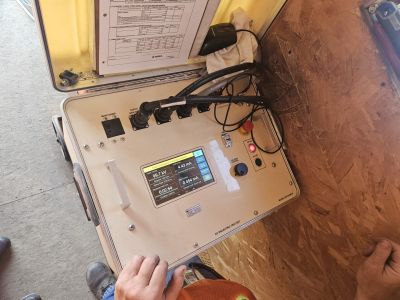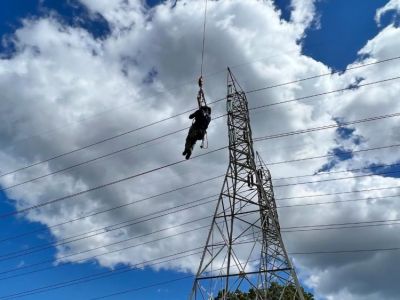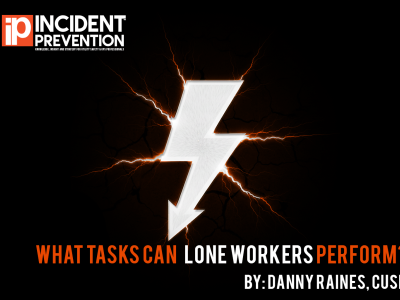
Dielectric Testing for Insulating Aerial Devices
Insulating aerial devices and digger derricks are used to provide a level of protection to their operators and ground personnel who work around energized power lines. Following established safe work procedures is critical, as is testing and maintaining the equipment so that it continues to provide the insulation users expect. You cannot simply look at […]

Assessing and Mitigating Risk in Helicopter Line Work
Aerial line work using helicopters is a proven method utilized in our industry to perform certain tasks safely and efficiently. Helicopters have supported the utility industry since 1947. Operators conducting aerial work in support of the utility industry encounter different hazards due to various flight profiles, terrain, infrastructure and weather environments. Aerial work concerning the […]

Training Considerations for Active Shooter Response Programs
Active shooter response training for utility professionals is a subject that shouldn’t be ignored. However, few subjects are as challenging or controversial. For decades, active shooter response training has been touted as a one-size-fits-all remedy that instills long-lasting, actionable survival skills in one easy application. In reality, off-the-shelf training programs seldom deliver on promises. Training […]

Beyond the Physical Toll: The Collateral Damage of Safety Incidents
While leading a recent workshop at a client location, the introductions began by individually discussing how incidents at work have affected us. One story shared left an impact on all in attendance. Fifteen years ago, an employee suffered what at the time seemed like a simple and small fracture to their leg after a fall. […]

What Tasks Can Lone Workers Perform?
Over the course of my career in the utility industry, I’ve often been asked what tasks lone workers are allowed to perform on their own. It’s sometimes a hotly debated topic – both legally and ethically – and the answer is very much based on the employer. Each employer determines which tasks are allowed to […]
Grounding for Stringing in Energized Environments
A few years ago I came upon a crew using 6-inch chocks to hold back a 38-ton crane truck. I told the crew I was happy that they were making an effort at compliance, but I had to ask them, “Why do we place chocks under a truck’s wheels? Is it to comply with our […]
August-September 2024 Q&A
Q: How high can we stack poles in a pole yard? I can’t find any references in OSHA or ANSI C2/the National Electrical Safety Code. Is there a standard? A: Your question provides us with an example of when a standard governing our industry is not necessarily found in the National Electrical Safety Code, OSHA […]
Preventing SIFs with Above-the-Line Work Planning and Execution
Are the things that hurt people the same as the things that kill people? Should safety focus on preventing serious injuries and fatalities (SIFs)? In this article, I’m not going to attempt to answer either of those questions. Instead, I’m going to do two other things. First, I’ll provide you with insights and resources that […]

